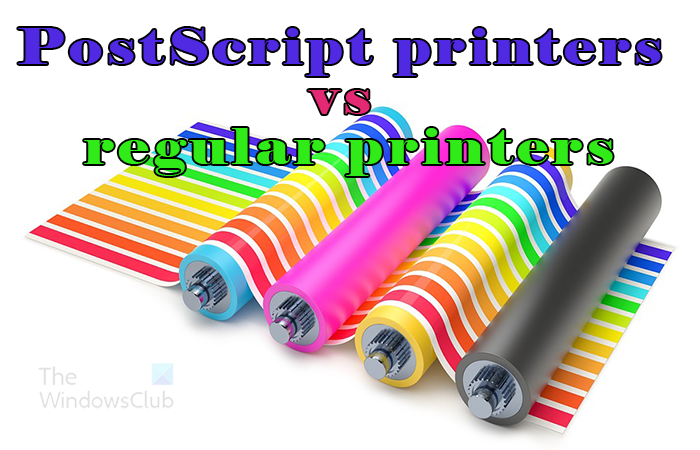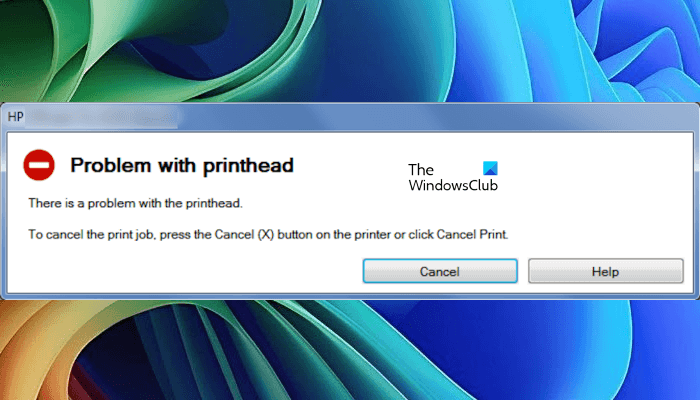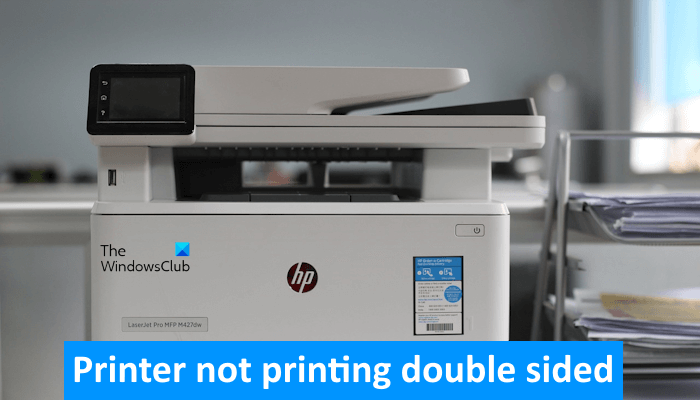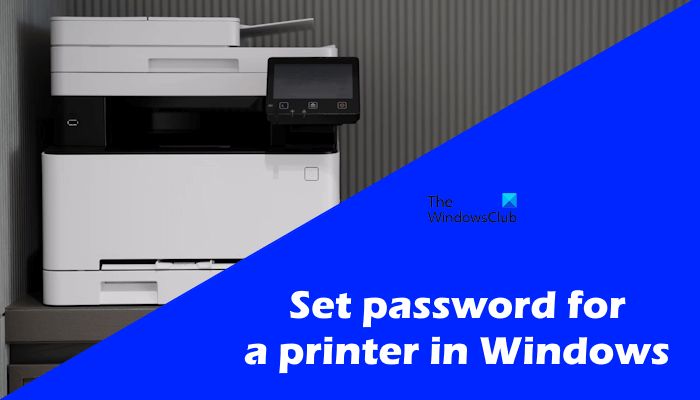
Printers usually fall into two categories, they are either PostScript (PS) or Printer Control Language (PCL) printers. Both PostScript and Printer Control Language are page descriptive languages. This means they both describe how a page is to be printed. Both PostScript and Printer Control Language have their pros and cons. This article will discuss PostScript printers vs PS printers so that you can decide which is best for your need.

The PostScript Page description language was developed by Adobe. It was first designed to be used o laser printers. The Printer Control Language is also a Page description language, it was developed by Hewlett Packard (HP). Both Postscript printers and Printer Control printers may not look different physically, however, they are different on the inside.
Better quality prints
Adobe PostScript Printers have better drawing and scaling functions so it is great for large jobs that will require drawing and scaling. This is great for large complex jobs that require high quality and precision. This is good for large jobs such as architectural and engineering jobs, large artwork, etc.
More consistent prints across devices
PostScript printers use page descriptions to access the print job sent to them. The job sent to it is processed on the printer and not on the computer that it is sent from. This means that print jobs will be more consistent and predictable across different PostScript printers. This is a big plus for professionals who need consistent print jobs. They may have a PostScript printer at home or in the office where they can print a copy of their job. They may then send the document to a print shop for multiple copies to be done. This person can be sure that the same quality they got on their personal printer will be the same quality from the print shop. Providing that the print shop uses a PostScript printer. This print consistency will be reproduced across most if not all PostScript printers. If you try printing the file on a PCL printer, you will notice that there is a difference in the quality of the print if it can print.
Print from low-powered computers
Since the PostScript printers will do most of the processing for the print job, you can use low-powered computers to send to a PostScript printer. Once you can open the print job on the computer you will be able to send it to the PostScript printer.
Ability to process and store larger files in memory
PostScript printers do their processing on the printer and not on the sending computer. This means that they have larger memory and processing capabilities than PCL printers. This is a great advantage if you are sending files that are large in size and quantity.
PostScript printers are larger and more expensive
PostScript printers are mostly larger and therefore more expensive. With the PostScript printers needing to process the print jobs, the printer will need to have more memory. This makes the PostScript printer larger and more expensive. This makes them mostly used by print shops and organizations that need these printers. With the larger printer, there will be larger inks and toners to be used which will be more expensive.
PostScript printers are more specialized
With PostScript printers being more expensive and larger, they are more specialized. This does not mean that regular everyday people don’t need their services, this just means that they will have to go to a print shop that can afford to buy these printers. Most people will use PCL printers at home and in the office. If they then need a high quality large print job they will go to a print shop.
PostScript printers are slower than PCL printers
PostScript printers are slower to process and complete print jobs. The PostScript printer is slower because the print job is processed by the printer instead of the computer that sends the print job like it is done with PCL printers. This does not mean that PostScript printers are snail slow, however, they are comparably slower than PCL printers.
Smaller and more affordable
Print Control Language (PCL) printers are usually smaller, this is so because they are not usually processing the print jobs. The print jobs are processed by the sending computer before being passed on to the printer. This small size and less powerful make the PCL printer more affordable. Smaller printers are also easier to transport and keep for home or small office use. The printer supplies are also small and cheaper than the PS printer supplies.
General purpose
PCL printers are more general purpose so they can be used by a wide variety of people. In many cases, PCL printers can satisfactorily print some documents that are printed on PostScript printers. This means that if you do not need large high-quality prints, your PCL printer can work.
Faster processing and printing
PCL printers are comparatively faster in processing and printing than PostScript printers. PCL printers depend on the sending computer for their processing. Since the computer would have more powerful processors and more memory. It would process the file faster.
Lack of high-quality prints
PCL printers are not able to give the high-quality prints that you get from PostScript printers. The PostScript printer language is designed to give better print quality and the printer’s hardware supports that. This does not mean that you cannot get quality prints, however, if you need very high-quality prints, a PostScript printer is best.
Inconsistency of prints across devices
PCL printers are not consistent across devices. You can get one quality print from one PCL printer and get a different quality print from another PCL printer.
Inability to process and store larger files in memory
If you ever try to print and your printer stutters or freezes, you know how frustrating that is. This can be caused by the printer running out of memory. This can be due to a file with a large size due to quality, graphics, or amount of pages. Some PCl printers can have a small memory upgrade but this is not much increase as it is not as large as to be compared with what is in a PostScript printer. PostScript printers have large memory and most can have memory upgrades.
Both PostScript printers and Printer Control Language (PCL) printers are useful in everyday life. They both have their specialties which make one more suitable for a task than another. Some files will refuse to print or print poorly on a PostScript printer but will do well on a PCL printer. The reverse of this scenario is also true.
Most businesses and industries that need to use PostScript printers for clients’ work will have a PCL printer for small regular prints such as letters, memos, invoices, etc. This is so because they know the expenses that come with operating a PostScript printer. If these companies and industries just print regular documents then they would go with a PCL printer. If they need more memory they can get an upgradeable PCL printer.
If you are doing mostly regular printing a cheap PCL printer will be best. If you occasionally print large documents and you need quality, you can always use a print shop. If you need to have a preview of your work that would be the same quality as the print shop, then you may need to get a PCL and a PostScript printer.
PostScript printers print documents graphics and images regardless of their resolution, color schemes, and even platforms. This is so because PostScript language will use a vector-based algorithm to describe the page instead of a bitmap. This makes the document look the same across all PostScript devices.
With PostScript printers printing documents with a combination of graphics and text is easier because the text characters are treated like graphical shapes.
Printer Control Language (PCL) printers are device dependent which means that it uses the printer hardware to process the files before printing. PostScript printers are device independent which means that it performs its function without needing any hardware support.
Updated on July 31, 2023 Tags: Printer



Yulando is a graduate of Computers & Information Technology and has worked for many years creating, maintaining, and repairing computers and networks, and in Web site designing. He has also managed a printery and done graphics designing. He is trained in Advanced Microsoft Word, Access, and Excel.